
In the last article, we introduced the basic definition and types of drill bits. Due to space limitations, we put the structural parameters of drill bits in this issue. If it is necessary to find one type of drill bits and introduce the structural parameters of the drill bit, then the twist drill is none other than the twist drill: the twist drill is the most common and common type of drill bit that includes various structural parameters of the drill bit. It can be said that the sparrow is small. Complete with all internal organs.

In order to facilitate readers' collection and comparison and observation, we have made two pictures of the concept of twist drill - structural parameters and structural comparison diagram. Readers can download the collection or compare and learn with physical reference.
The concept of twist drill
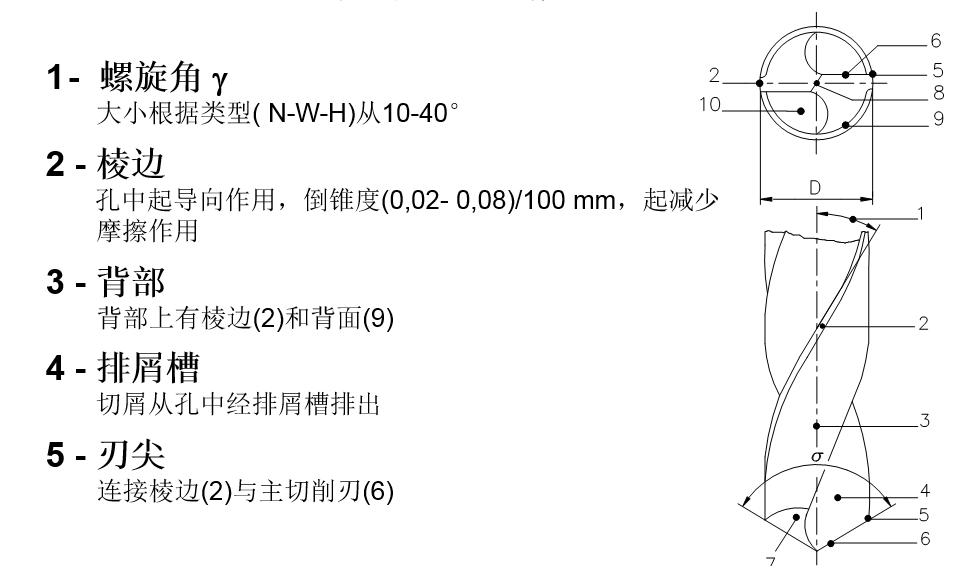
twist drill

The following takes the twist drill as the hemp bean, and enters the main parameter fine-tuning section!

Essential Refinement
Equivalent to rake angle, inversely proportional to cutting force
The inclination angle of the helical groove relative to the axis of the drill bit is equivalent to the rake angle of the turning tool. The rake angle of the drill varies with the position of the cutting edge, and is the largest at the outer periphery and becomes smaller toward the center. At the chisel edge, a negative rake angle is formed, which crushes the workpiece material.
The large helix angle increases the rake angle of the drill, so the cutting torque and axial force are reduced, the cutting is brisk, and the chip removal is easy, but the strength and heat dissipation conditions of the drill are reduced, and the wear of the drill is increased.
When processing high-hardness materials, from the perspective of protecting the tool and reducing wear, a small helix angle should be used, while a large helix angle should be used for soft materials.
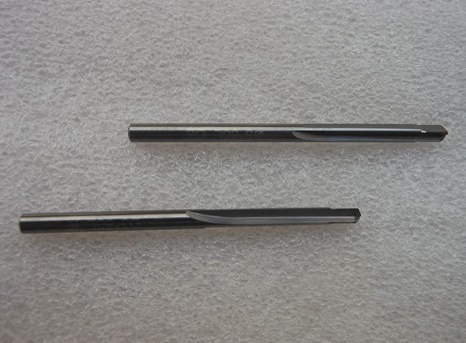
Common drill bit geometries include straight fluted drills and spiral fluted drills: straight fluted drills, as the name suggests, are drills with zero helix angle, which are characterized by low price, low manufacturing difficulty, and high cutting force.
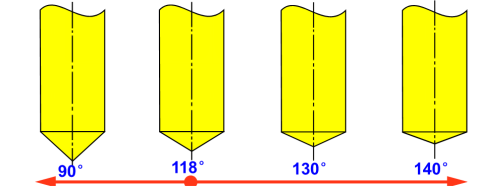
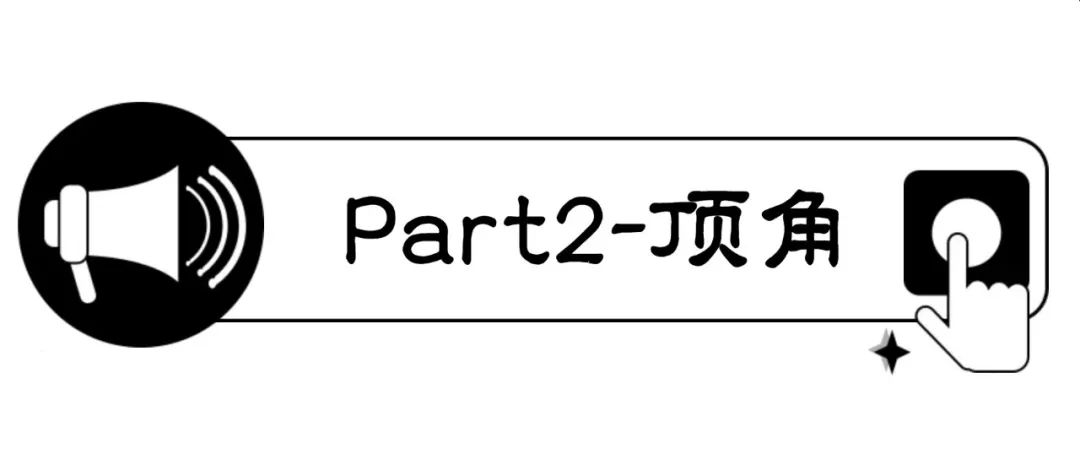
Essential Refinement
2 times the main declination angle, which plays a guiding role and is inversely proportional to the working length of the cutting edge
The apex angle of a standard twist drill is 118°.
When the apex angle decreases, the axial force of drilling decreases (while the radial force increases), the length of the cutting edge increases, the load per unit length of the cutting edge decreases, and the tip angle increases, which improves the heat dissipation conditions and increases the Durability of the drill.
Therefore, in the application process, taking a small value when drilling soft and easy-to-cut materials can improve the centering performance of the drill bit, and there is no need to worry about the impact of the increased cutting load on the rigidity of the drill bit or the spindle or even the fixture. Correspondingly, drilling hard materials or high-efficiency machining is slightly larger. The starting point of the above point of view is not the wear resistance of the tool but the difficulty of drilling.

Essential Refinement
Affects drill life and hole position accuracy
It is determined by various factors such as hole depth, chip space and regrind volume. The impact on the life of the drill bit is great, so the groove length is as short as possible.
01. Hole depth has a positive effect on the slot length. Unless the counter-drilling method is selected for processing, the hole depth is the minimum slot length.
02. The chip removal space, usually the groove length should be greater than the drilling depth plus 2.5-3 times the hole diameter, the purpose is to ensure that the chips are discharged smoothly, otherwise the chips will be blocked in the chip removal groove, scratch the machined hole wall, or even As a result, the drill bit breaks due to increased radial load.
03. Regrinding amount: Regrinding of the drill bit is an important performance of economy. Usually, only the rake face and the chisel edge of the drill tip are ground when the drill is reground, so not only will the length of the drill be shortened, but the actual diameter will also be reduced due to the reverse taper, because when the number of regrinds is selected The axial and radial reductions of each regrind will be considered. The lower limit of the axial dimension is to meet the drilling depth and chip removal requirements, and the radial dimension meets the lower limit of the hole diameter not exceeding the process requirements.
Therefore, since the amount of tool wear will change non-linearly with the increase of life, or even develop into breakage or broken tool, the single life of the drill is not as long as possible, and the long life will lead to edge damage, which will lead to Excessive single grinding amount and reduction of grinding times will indirectly affect the actual total life of the drill bit.
With the increase of the tool flute length (drill overhang), the hole position degree has a tendency to gradually deteriorate. Therefore, when the groove length is too long, such as a drill bit with a large aspect ratio for drilling oil passage holes, a pilot drill needs to be selected.
The diameter of the pilot drill and the drill tip must be designed around the basic function of "enhancing the centering of the long drill bit". The diameter of the pilot drill should be slightly larger than that of the long drill bit to avoid the high speed swing and excessive radial load before the long drill bit is fully centered. If the tool is broken, the tip angle of the pilot drill must be larger than that of the long drill bit, otherwise the drill tip of the long drill bit will contact the workpiece later than the shoulder, and the centering effect cannot be achieved.
If the rhythm allows, it is best to choose the complete long drill drilling process of the pilot drill - flat end mill - long drill.

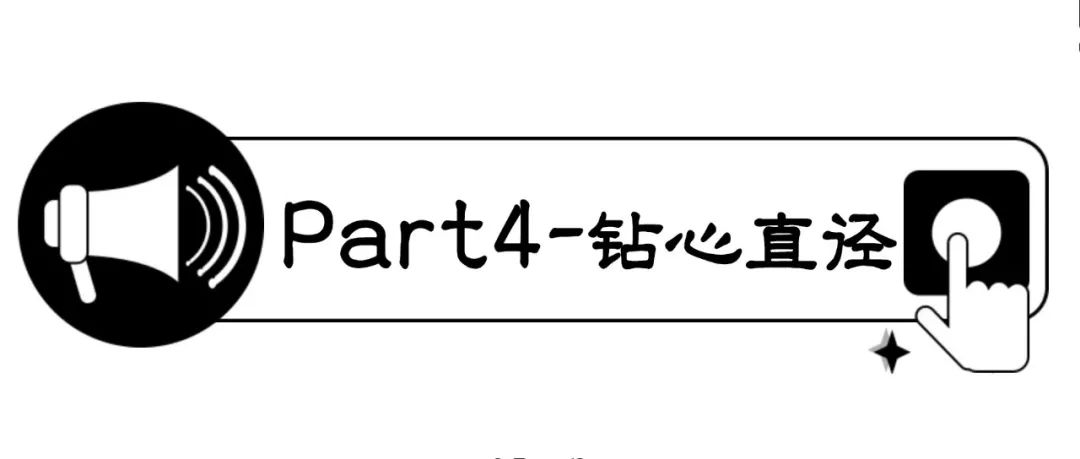
Essential Refinement
Affects bit rigidity and chip handling
Drill core diameter, also known as core thickness, is an important factor affecting drill rigidity and chip formation.
The thicker the core thickness, the better the rigidity of the drill bit, but in the case of the same diameter, if the core thickness is too large, the space of the chip flute will be compressed and the smoothness of the chip removal will be affected.
Why does the drill core affect the chip shape?
The thicker the core thickness, the longer the chisel edge will be. Since the rake angle of the chisel edge position is zero, the chisel edge cuts into the workpiece for cutting by "extrusion", so it is the main area of metal deformation during the drilling process. Therefore, when drilling free-cutting metals, smaller core thicknesses are usually selected.
Combining the above two aspects, when machining high-hardness materials or intersecting holes, the larger diameter can enhance the rigidity of the tool, but it will also cause increased cutting force and poor chip removal.
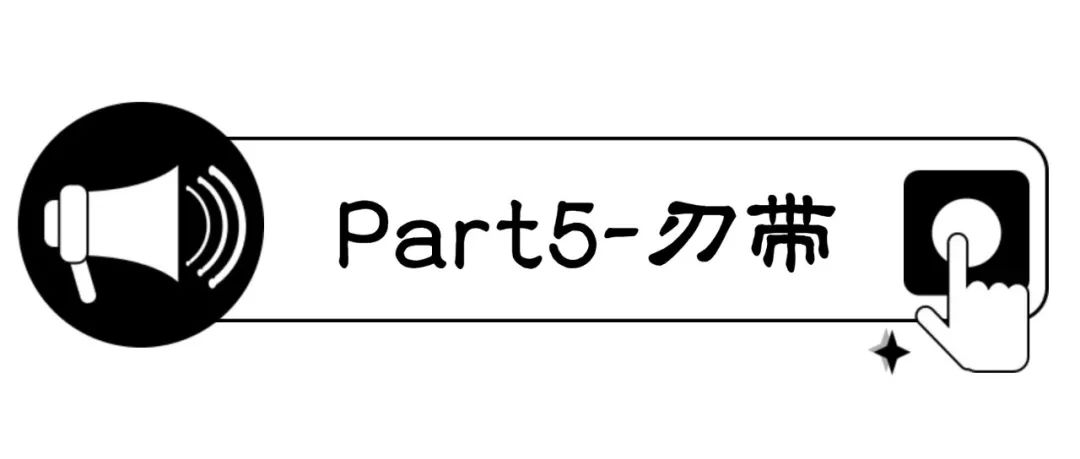
Essential Refinement
Guide support
The land that is ground on the cutting edge plays a radial guiding and supporting role during the drilling process. The width of the land is large and the guiding is good, but it will increase the friction between the drill and the hole.
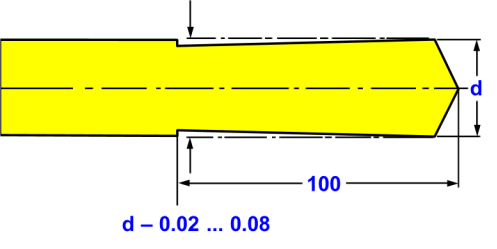
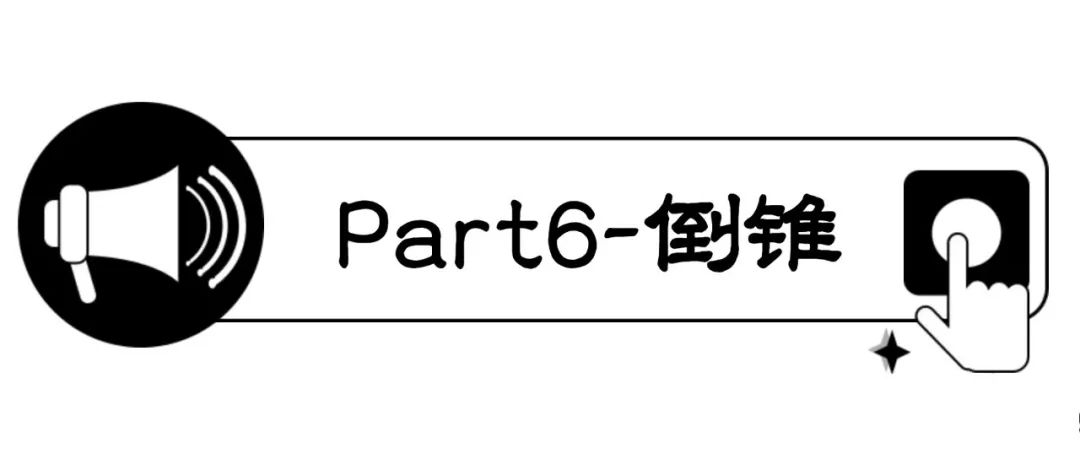
Essential Refinement
Coordinate support and regrind performance
In order to reduce the friction between the drill and the machined hole wall, the drill has a slight taper from the front end to the shank. It is usually expressed by the amount of diameter reduction compared to the groove length of 100mm, generally between 0.04 and 0.1mm.
If the reverse taper is too small, the drill bit will rub excessively with the hole wall, resulting in aggravated wear of the land. However, when the reverse taper is too small, the drill bit will lack contact with the hole wall and the drill bit will lack guide support. However, the drill bit used for high-efficiency processing will be stuck when drilling with some workpiece materials, and the inverted cone can be selected to be larger.
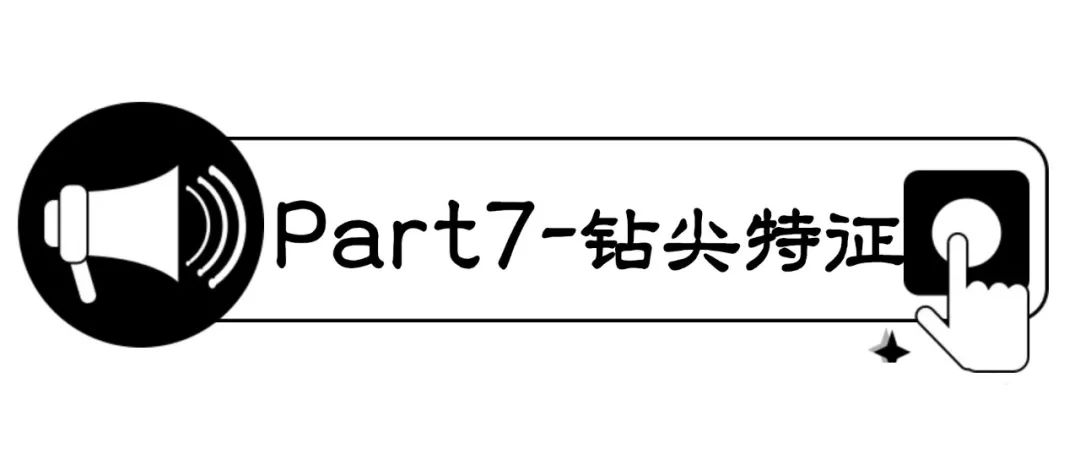
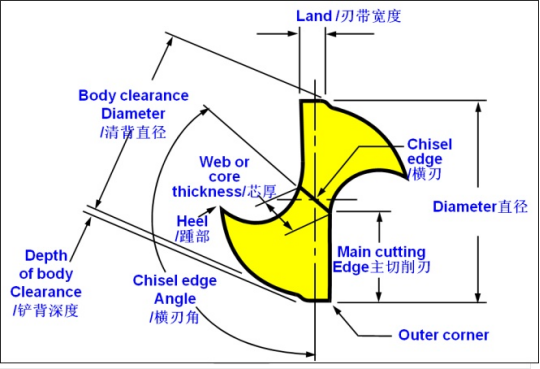
Finally, fill in the hole dug in the previous period. The above picture shows the schematic diagram of the drill tip structure. The most important feature is the chisel edge. The design of the chisel edge is the essence of the whole drill. If readers are interested in this, please like it. Hundreds, the author will arrange an exclusive interview for you: a senior drill expert with more than ten years of experience in design and manufacturing, will give you an in-depth explanation of the technical dry goods about the chisel.